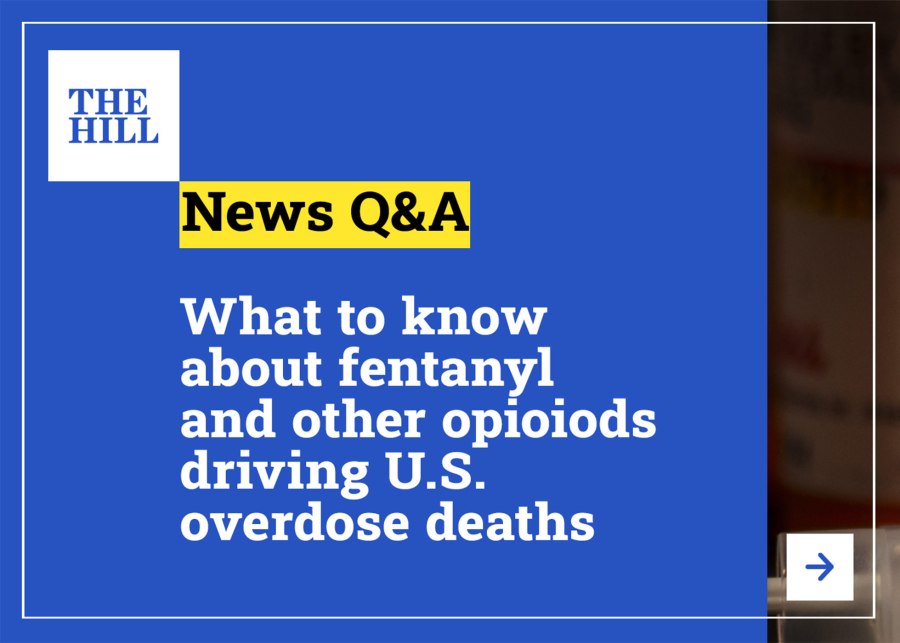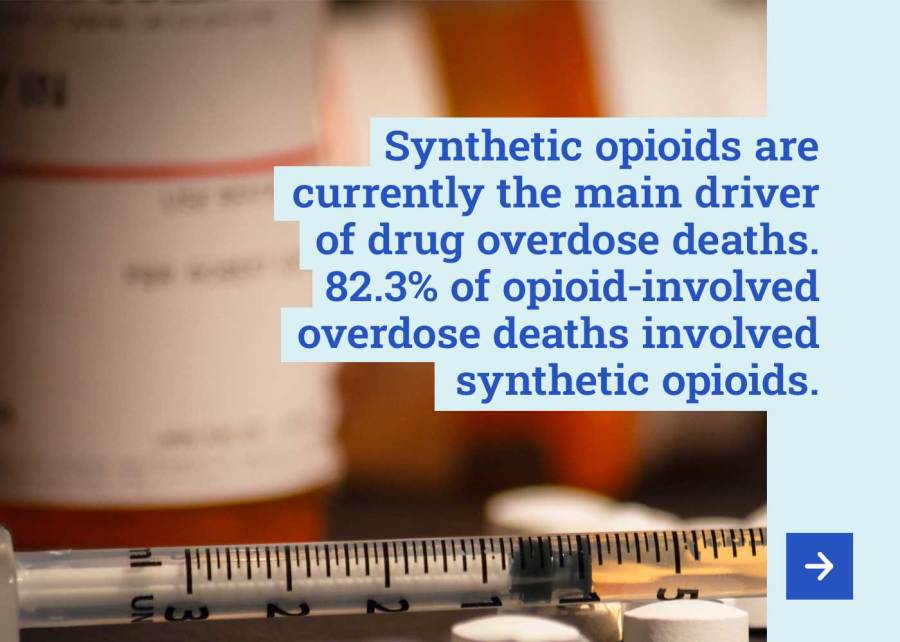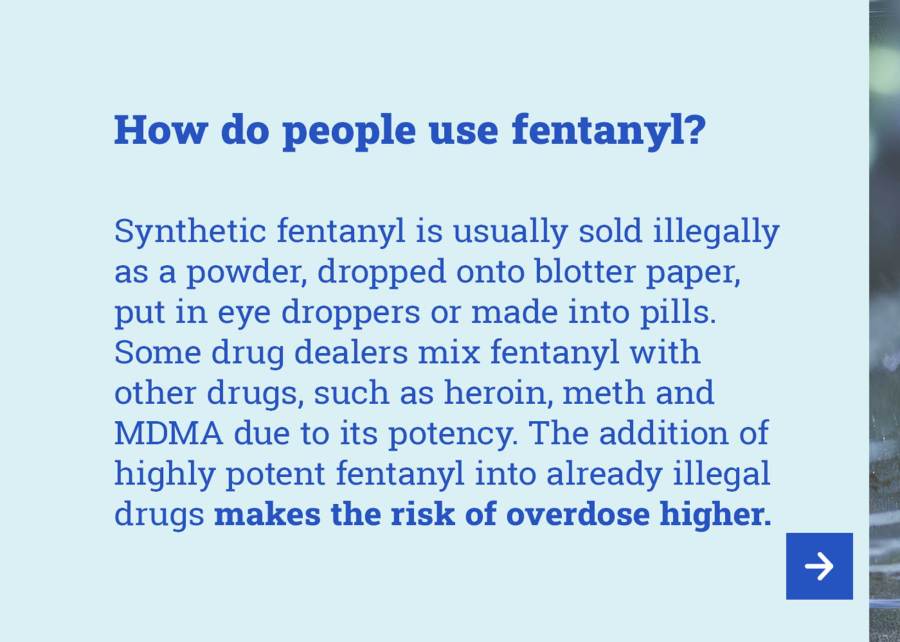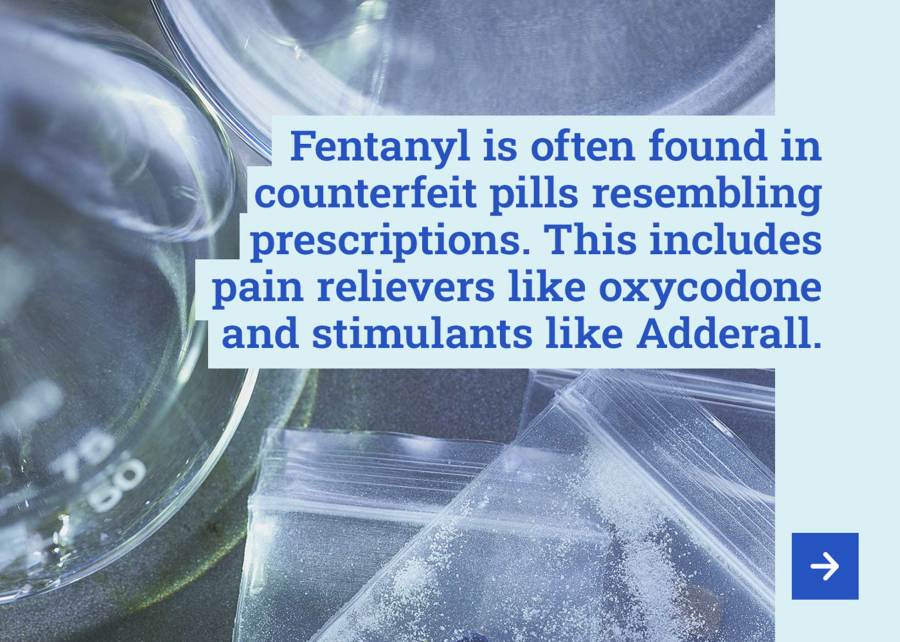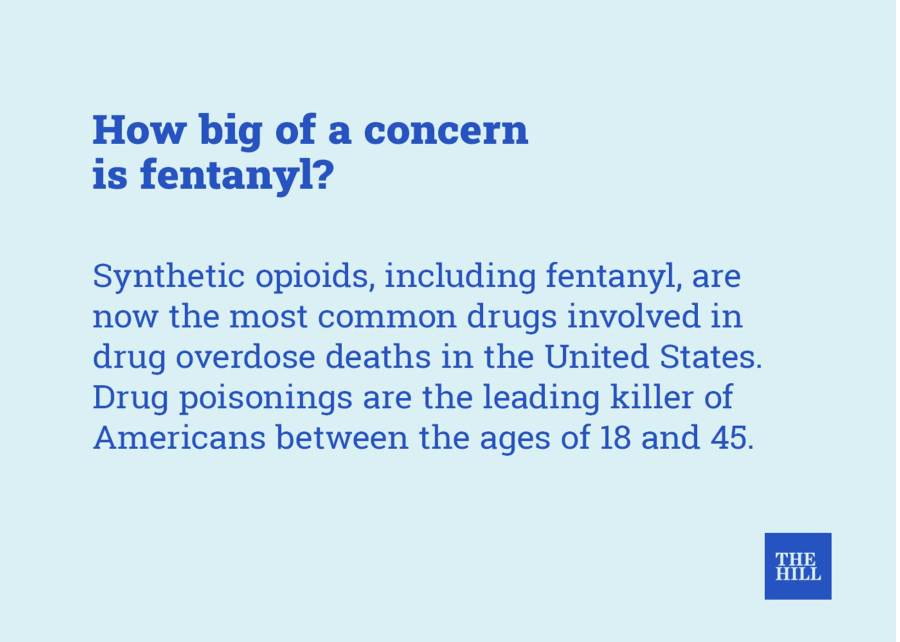Dangers of fentanyl escalate US-Mexico tensions
Editor’s note: This is the second installment of a 2-part series. Read Part 1 here.
The U.S.-Mexico relationship is under strain from fentanyl smuggling, as politicians on both sides of the Rio Grande scramble to respond to a drug trade that now kills more than 70,000 U.S. nationals every year.
The synthetic opioid has largely replaced other less-lethal recreational substances on the front burner of regional drug control efforts.
The rise of fentanyl has been a boon to cartels like Sinaloa and Cartel de Jalisco Nueva Generación (CJNG), who’ve found the drug has few drawbacks from a commercial perspective.
That threat has rattled a decades-long history of cooperation on anti-drug efforts, a partnership already under strain by rhetoric from the United States during the Trump administration, and by a whiplash shift in internal security policies under Mexican President Andrés Manuel López Obrador.
“The problem is that it’s easy to go back to an era which we had fortunately left in the past and which we seem to be inching back to, which is the U.S. would point at Mexico and say, ‘Mexico is the springboard of all the drugs coming into the United States.’ And Mexico would conveniently and jingoistically retort, ‘if we’re the springboard you’re the swimming pool,'” said Arturo Sarukhan, who served as Mexican ambassador to the United States from 2007 to 2013.
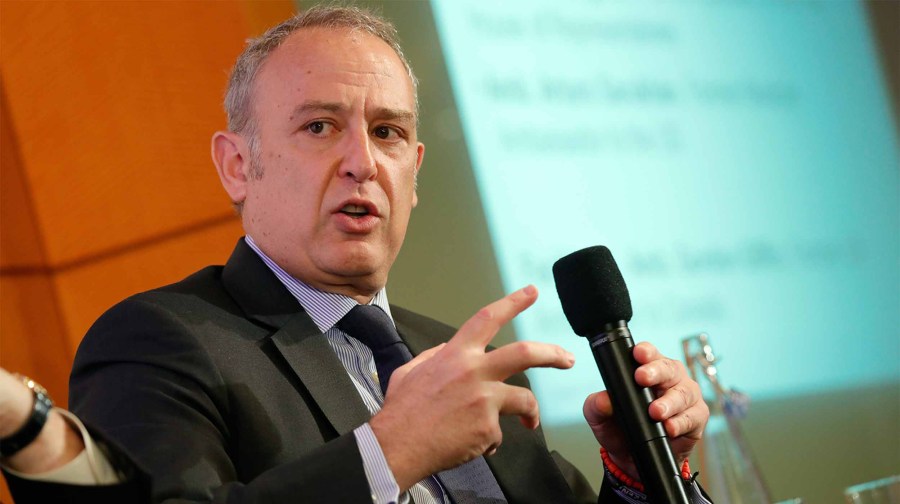
While the half-century drug war has often caused friction between the two neighbors, the fentanyl crisis is deadlier than previous drug flows, both to users in the United States and increasingly in Mexico, and to victims of drug violence south of the Rio Grande.
The scuffle over fentanyl also risks upending decades of economic integration that has rendered the United States economically vulnerable if the relationship reaches a breaking point.
“It’s always been an asymmetrical relationship, but there’s certainly been moments where it has been much more asymmetrical than what it is today. I think that mistrust is rife again,” said Sarukhan.
The springboard and the swimming pool
López Obrador, whose style and policies often mimic the centralist, nationalistic presidents of the late 1960s to the early 1980s, has unabashedly adopted a bifurcated message: transactional toward the United States, nationalistic toward his base.
López Obrador has twice met with American lawmakers in recent weeks and has openly discussed bilateral efforts to combat transnational crime.
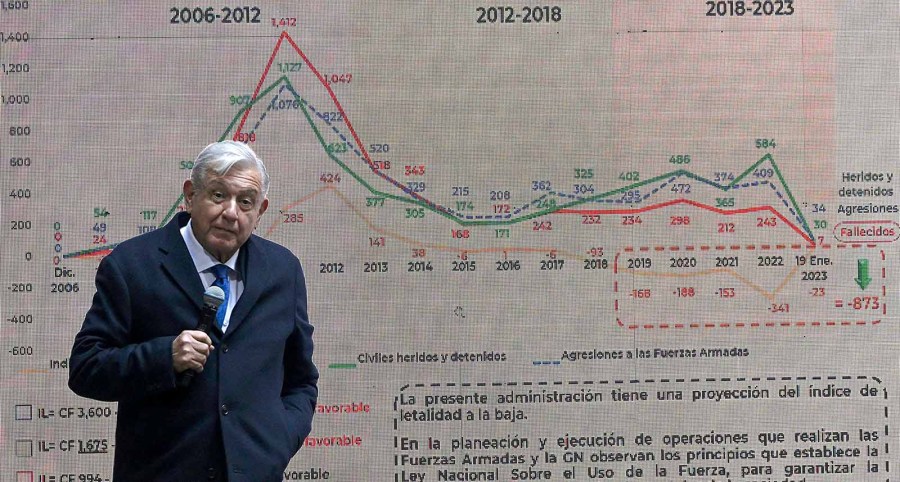
“They want us to help control the money and the arms,” Rep. Lou Correa (D-Calif.) told The Hill, noting that multiple Mexican law enforcement officials were killed as they apprehended Ovidio Guzmán López, the son of Joaquín “El Chapo” Guzmán.
“[López Obrador] says we’re getting hammered out here. Because these drug dealers have 50 caliber weapons. They turn them on our soldiers and you have a slaughter. And they said, these weapons that we capture – 50 caliber – all come from the US,” he added.
“So what they want from us is help, cooperation, make sure that the money stops flowing, and make sure that the weapons stop flowing.”
Correa was part of a bipartisan delegation that met with López Obrador on Feb. 20. A larger delegation, including eight senators and four representatives, met with the Mexican leader in Mexico City on March 19.
In a wide-ranging four-hour conversation and lunch, the U.S. delegation led by Sen. John Cornyn (R-Texas) dove into the minutiae of bilateral issues including GMO corn exports, migration, North American economic integration, cartel violence and fentanyl.
“Over the years, our security cooperation has promoted safety and security in both countries, and as the Mexican people are seeing every day, the Mexican government is unfortunately failing to meet its side of the responsibilities,” Cornyn said on the Senate floor last week.
Still, López Obrador promised to personally engage China on ways to reduce trans-Pacific shipments of fentanyl precursors, according to Reps. Henry Cuellar (D-Texas) and Tony Gonzales (R-Texas), who were at the meeting.
But Mexican officials largely see U.S. enforcement-heavy supply-side strategies as proven losers that also raise violence levels in their home country.
“This multibillion-dollar criminal business touches the very core of our societies, following the deadly path of chemical precursors coming from Asia, drugs going north — transported and distributed within the United States — and guns and bulk cash crossing the border to the south, leaving death, corruption and broken families everywhere,” wrote Reyna Torres Mendívil, consul general of Mexico in Chicago, in an op-ed for the Chicago Tribune published last week.
“For many decades, we have faced extremely complex problems surrounding the consumption, trafficking and production of drugs. History has repeatedly demonstrated that a ‘strategy’ of threats, finger-pointing and hollow narratives created for political purposes never works,” added Torres.
Meanwhile, some in the GOP have escalated tensions with Mexico, with Sen. Lindsey Graham (R-S.C.) saying he would introduce legislation to allow the use of the U.S. military against Mexican cartels.
Graham said the bill would label drug cartels as terrorist organizations, telling Fox News it would “set the stage to use military force if necessary to protect America from being poisoned by things coming out of Mexico.”
In an exchange with Graham at a Senate hearing Wednesday, Secretary of State Antony Blinken praised Mexican efforts to prosecute cartel heads and bust fentanyl labs, but said he would “certainly consider” slapping the foreign terrorist organization label on cartels.
House Oversight Chair James Comer (R-Ky.) endorsed the idea and took it a step further, suggesting agreement with plans to bomb Mexico-based labs.
“I believe we should have a military presence at the very least on the southern border, if not across the border,” he said in an interview earlier this month on Fox News.
“One of the things we learned post-Trump presidency, is that he had ordered a bombing of a couple of fentanyl labs, crystal meth labs, in Mexico, just across the border and for whatever reason the military didn’t do it. I think that was a mistake.
“We’ve got to take a firm position against Mexico,” he added later.
López Obrador, despite his overtures to some U.S. lawmakers, has jumped into the cross-border rhetorical repartee, at one point referring to some members of Congress as “interventionist, arrogant wimps.”
The pipeline keeps flowing
As fentanyl raises tensions between the two neighbors, cartels are flooding the zone.
According to CBP data, the number of fentanyl seizures has remained more or less stable since the pandemic, but the average size of each bust has more than doubled by weight.
That sharp increase points to increased production of the drug in Mexico.
“Yes, I think Mexican criminal groups have been ramping up their production. There may not be an exact correlation – like 40 percent increase in seizures meaning a 40 percent increase in supply – but when seizures go up this radically, there’s little other explanation,” said Adam Isacson, director for defense oversight at the Washington Office on Latin America.

“I believe we should have a military presence at the very least on the southern border, if not across the border.”
— James Comer (R-Ky.), House Oversight Chair
And according to the State Department, Mexico was the source of 96 percent of the illicit fentanyl that entered the United States in fiscal 2022.
Mexico’s near-monopoly on illicit fentanyl exports to the United States began when China adopted some controls on fentanyl-related substances in 2019, according to the State Department’s 2022 International Narcotics Control Strategy Report.
“Production of most illicit fentanyl and fentanyl analogues detected in North America has since shifted to Mexico, although the precursor chemicals required to produce fentanyl still largely originate in the [People’s Republic of China],” reads the report.
Still, Mexico does not officially recognize any fentanyl production in the country.
“National security authorities have no record of fentanyl production in Mexico, rather they identify our country as a traffic zone for that opioid and its precursors, which come mainly from Asia,” reads a statement released last week by the country’s foreign ministry.
That statement followed a meeting in Washington between Foreign Minister Marcelo Ebrard, Mexican Ambassador to the United States Esteban Moctezuma and Mexico’s 52 consuls in the United States, convened to respond to GOP calls for military intervention against the cartels.
Ebrard told his country’s top diplomats in the United States that they would not allow Mexico to be “run over” by its northern neighbor, and referenced the hundreds of Mexican soldiers who have died in the war on drugs.
But fentanyl smuggling data suggest Mexico’s own efforts to tamp down fentanyl production and trafficking are failing.
Mexican authorities, including López Obrador, have touted their government’s seizure of more than 6,000 kilograms of fentanyl since 2018.
López Obrador said earlier this month his administration has impounded fentanyl in a way that “no one [else] has done,” though CBP impounded more than 6,000 kilograms at the southern border in fiscal 2022 alone.
The drug has become a boon to the cartels in part because of its physical and chemical properties.
Fentanyl is scentless, can be pressed into pills or different shapes such as luggage or auto lining, and can be transported as a liquid, solid or powder.
But the drug is mainly attractive to cartels because it is cheap to produce, yet can be sold at upmarket rates in the U.S.
According to an August report by the Wall Street Journal, the precursors to make a kilogram of fentanyl cost around $200, while the raw materials to make the same amount of heroin run around $6,000.
Yet the wholesale price of a kilogram of fentanyl in the United States can reach $90,000, nearly as much as the $100,000 price of a kilo of heroin, according to 2019 data compiled by the United Nations Office on Drugs and Crime.
That huge profit margin means cartels can throw volume at the border accounting for massive government interdictions and remain profitable, more so than with other drugs.
The bulk of fentanyl is impounded in ports supervised by CBP from San Diego and Tucson, Ariz. The Arizona ports have seen a sharp increase in the number of fentanyl seizures: So far in fiscal 2023, CBP has impounded nearly three times as much fentanyl there as it did in fiscal 2021.
The concentration of smuggling through Arizona and California matches Drug Enforcement Administration (DEA) intelligence going back years that points to the Sinaloa and CJNG criminal organizations as the major players in the fentanyl trade.
The move to Arizona has not gone unnoticed – Homeland Security Secretary Alejandro Mayorkas on Tuesday traveled to Nogales, Ariz. to announce Operation Blue Lotus, which led to the seizure of 900 pounds of fentanyl in the week between March 13 and March 19, a significant jump from recent weekly averages.
“This Administration has a multi-pronged strategy to combat the scourge of fentanyl that is devastating communities across the United States, and the Department of Homeland Security works every day to prevent it from coming across our border,” said Mayorkas.
“In the past two years, DHS has seized more fentanyl than the previous five years combined. But we must do more.”
–Updated at 9:37 a.m.
Copyright 2023 Nexstar Media Inc. All rights reserved. This material may not be published, broadcast, rewritten, or redistributed. Regular the hill posts

